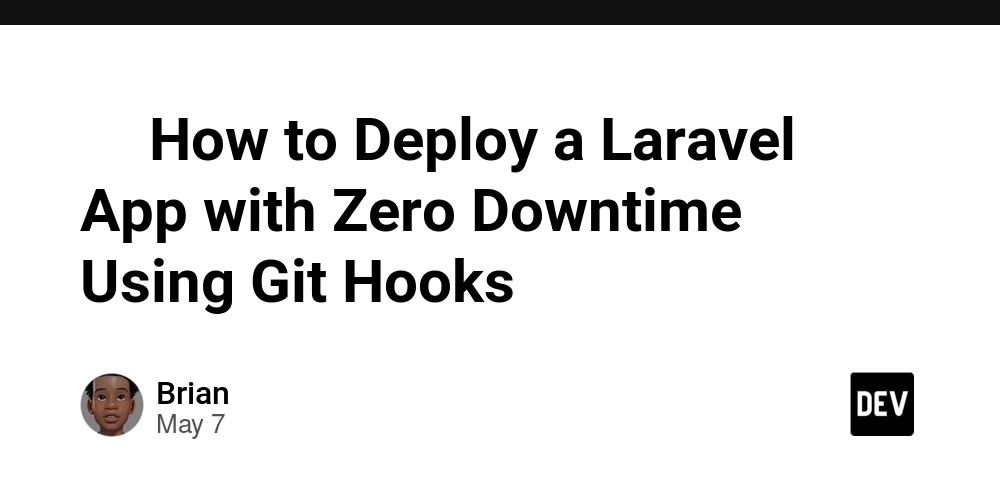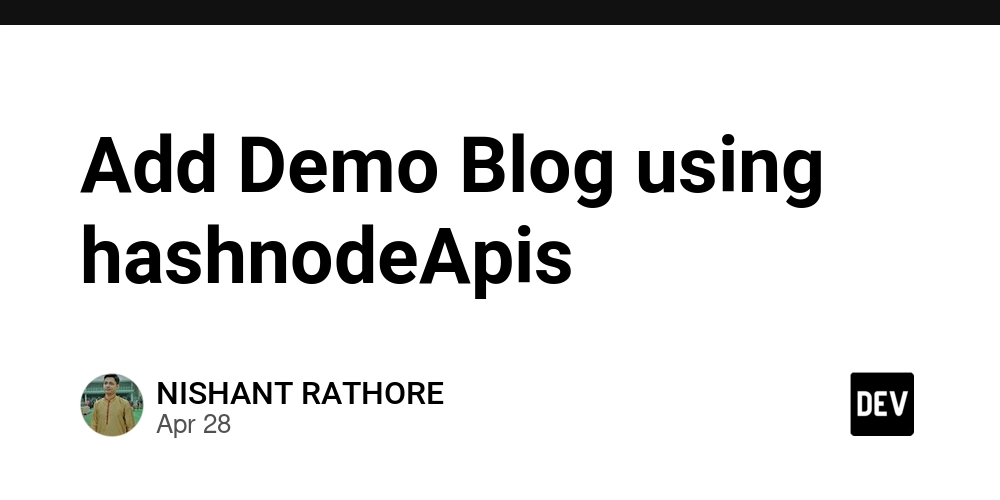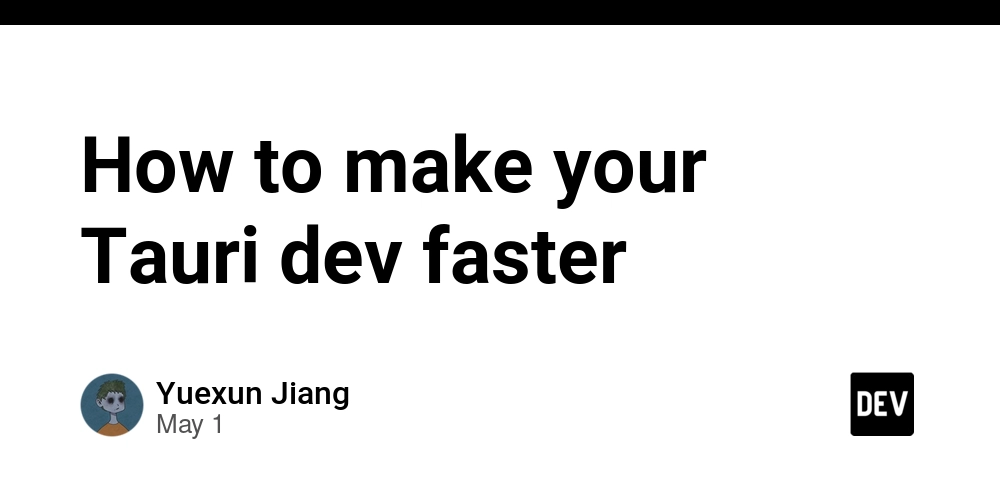Developing Mobile Apps to Control Vinyl Fences and Enhance Security
Smart home technology now extends beyond interior spaces—mobile apps can also manage outdoor components like fences and gates. This post focuses on building a mobile application to control vinyl fences using real-time data, MQTT communication, and smart actuators. Why a Mobile App for Fencing? Controlling gates via mobile offers convenience and boosts security. Homeowners in areas like Chicago are increasingly adopting solutions such as Automatic Gates Chicago IL, enabling remote access control directly from smartphones. System Architecture Overview Frontend: React Native (cross-platform mobile development) Backend: Node.js + Express API IoT Messaging: MQTT broker (HiveMQ) Device: WiFi/Bluetooth-enabled actuator for gate movement Core Functionality Code Snippets React Native App – MQTT Communication import React, { useEffect } from 'react'; import { Button, View, Text } from 'react-native'; import init from 'react_native_mqtt'; import AsyncStorage from '@react-native-async-storage/async-storage'; init({ size: 10000, storageBackend: AsyncStorage, defaultExpires: 1000 * 3600 * 24, enableCache: true, reconnect: true, }); const client = new Paho.MQTT.Client('broker.hivemq.com', 8000, 'fenceAppClient'); const FenceApp = () => { useEffect(() => { client.connect({ onSuccess: () => console.log('Connected') }); }, []); const sendCommand = (cmd) => { client.send('home/fence/control', cmd); }; return ( Vinyl Fence Controller sendCommand('OPEN')} /> sendCommand('CLOSE')} /> ); }; export default FenceApp; Node.js Backend – Logging Commands const express = require('express'); const app = express(); app.use(express.json()); const logs = []; app.post('/log-command', (req, res) => { const { command, user } = req.body; logs.push({ timestamp: Date.now(), command, user }); res.sendStatus(200); }); app.get('/logs', (req, res) => { res.json(logs); }); app.listen(3000, () => console.log('API running on port 3000')); Device-Side Arduino Code (ESP8266 Example) #include #include const char* ssid = "YOUR_WIFI"; const char* password = "YOUR_PASS"; const char* mqtt_server = "broker.hivemq.com"; WiFiClient espClient; PubSubClient client(espClient); void callback(char* topic, byte* payload, unsigned int length) { String command = ""; for (int i = 0; i

Smart home technology now extends beyond interior spaces—mobile apps can also manage outdoor components like fences and gates. This post focuses on building a mobile application to control vinyl fences using real-time data, MQTT communication, and smart actuators.
Why a Mobile App for Fencing?
Controlling gates via mobile offers convenience and boosts security. Homeowners in areas like Chicago are increasingly adopting solutions such as Automatic Gates Chicago IL, enabling remote access control directly from smartphones.
System Architecture Overview
- Frontend: React Native (cross-platform mobile development)
- Backend: Node.js + Express API
- IoT Messaging: MQTT broker (HiveMQ)
- Device: WiFi/Bluetooth-enabled actuator for gate movement
Core Functionality Code Snippets
React Native App – MQTT Communication
import React, { useEffect } from 'react';
import { Button, View, Text } from 'react-native';
import init from 'react_native_mqtt';
import AsyncStorage from '@react-native-async-storage/async-storage';
init({
size: 10000,
storageBackend: AsyncStorage,
defaultExpires: 1000 * 3600 * 24,
enableCache: true,
reconnect: true,
});
const client = new Paho.MQTT.Client('broker.hivemq.com', 8000, 'fenceAppClient');
const FenceApp = () => {
useEffect(() => {
client.connect({ onSuccess: () => console.log('Connected') });
}, []);
const sendCommand = (cmd) => {
client.send('home/fence/control', cmd);
};
return (
<View style={{ padding: 20 }}>
<Text>Vinyl Fence Controller</Text>
<Button title="Open Gate" onPress={() => sendCommand('OPEN')} />
<Button title="Close Gate" onPress={() => sendCommand('CLOSE')} />
</View>
);
};
export default FenceApp;
Node.js Backend – Logging Commands
const express = require('express');
const app = express();
app.use(express.json());
const logs = [];
app.post('/log-command', (req, res) => {
const { command, user } = req.body;
logs.push({ timestamp: Date.now(), command, user });
res.sendStatus(200);
});
app.get('/logs', (req, res) => {
res.json(logs);
});
app.listen(3000, () => console.log('API running on port 3000'));
Device-Side Arduino Code (ESP8266 Example)
#include Additional Fencing Types
Motion sensors and smart locks can also be installed on a chain link fence in Chicago to provide automated control and alert features via the same app.
Smart vinyl fence installations, such as those offered by Vinyl Fence Chicago IL, can be upgraded with actuators, magnetic locks, and solar-powered battery backups.
Smart Installation Considerations
- Power delivery: solar vs. direct wiring
- Network connectivity: WiFi signal reach or Bluetooth mesh
- Data privacy: secure MQTT and encrypted APIs
If planning a full renovation, working with services like Wood Fence Installation Chicago IL can provide integrated smart features from day one.
Wrap-Up
Building a smart fence app combines mobile development, IoT integration, and hardware automation. With cities like Chicago embracing smarter infrastructure, these technologies are not just innovative—they’re necessary.
Let us know in the comments if you'd like more code examples or API integrations!















































































